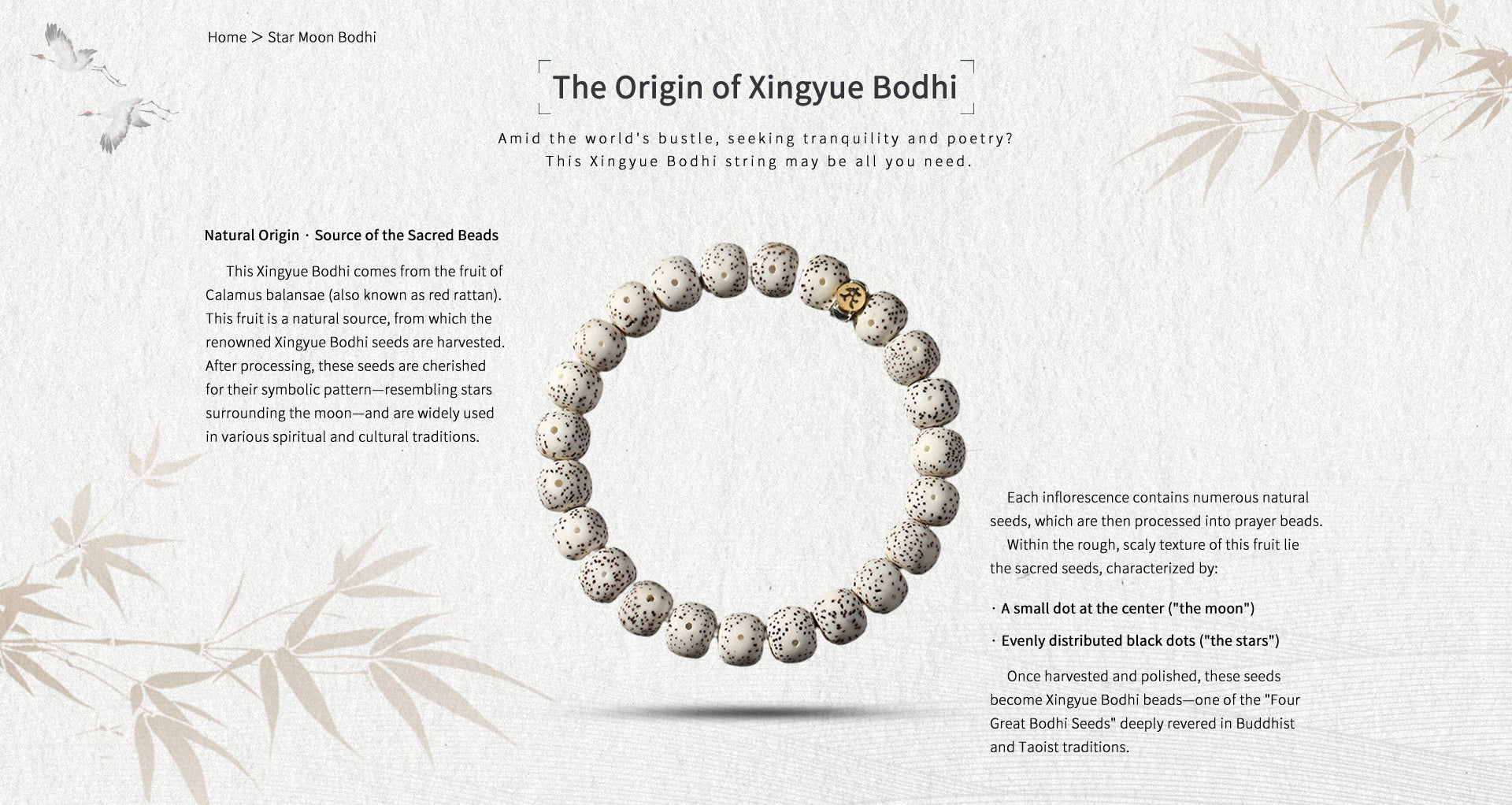
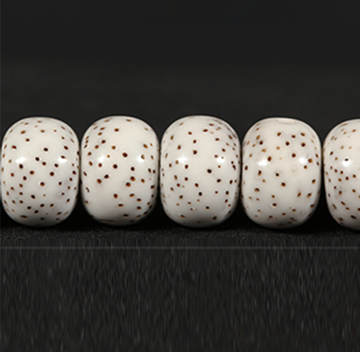
The "stars" are small dots scattered across the beads like stars in the night sky, symbolizing hope and guidance. They remind us that even in hardship, there are always faint glimmers in life—much like those little blessings hidden in daily routines—guiding the way forward.
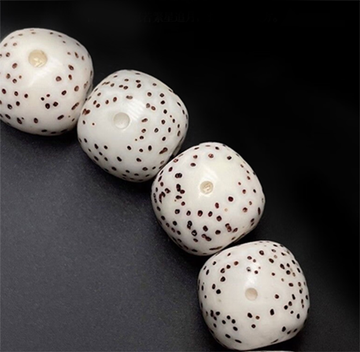
The "moon" is a crescent-shaped indentation at the center of the bead, resembling the moon with its orderly waxing and waning. It symbolizes the balance between completeness and imperfection—life inherently has its ups and downs, just as the moon goes through phases of fullness and darkness. Embracing imperfection allows one to find ease amid life's cycles.
The producing areas of Xingyue Bodhi

The main producing areas of Xingyue Bodhi include Hainan Vietnam, Thailand, Cambodia, Laos, etc.
Among them, Xingyue Bodhi produced in Hainan has the best density and is easy to form a patina when played with. However, Xingyue Bodhi from Vietnam, Thailand, Cambodia and surrounding countries are larger in size but have poor density, making it difficult to form a patina. Xingyue Bodhi from Laos has a white base and small star eyes, and is prone to shrinkage when played with.
"Bodhi" refers to the name of the supreme Buddhist path. Xingyue Bodhi is the seed of the yellow rattan, also known as the red rattan seed. Each bead is covered with evenly distributed black dots on its surface, and there is a natural
small round pit in the middle, making the whole bead look like numerous stars surrounding the moon, like a vast expanse of stars holding up the moon, forming the momentum of the celestial stars and all stars adoring the moon. Hence, it is named Xingyue Bodhi and is known as one of the "Four Creat Famous Bodhi Beads".
Selection and Playing Methods

Size
The larger the size of Xingyue Bodhi beads, the higher their market price. Larger beads indicate that the original seeds are bigger and relatively rare, thus making them more valuable.
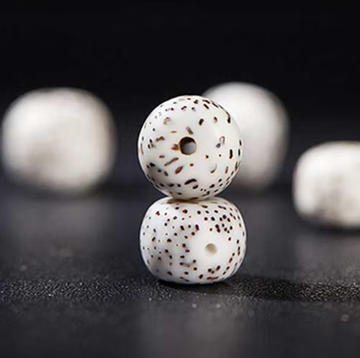
Shape
Preference is given to round beads, abacus beads barrel-shaped beads, and drum-shaped beads.
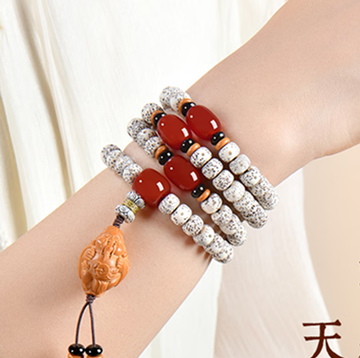
Density and Appearance
The primary pursuit for Xingyue Bodhi lies in its density and skin color, with the "moon" (the central dot) being secondary. Simply put, the ideal is "a bright moon with sparse stars".
The smaller the size of the star dots per unit area, the heavier the weight for the same volume, and the crisper the sound when collided, the higher the density.
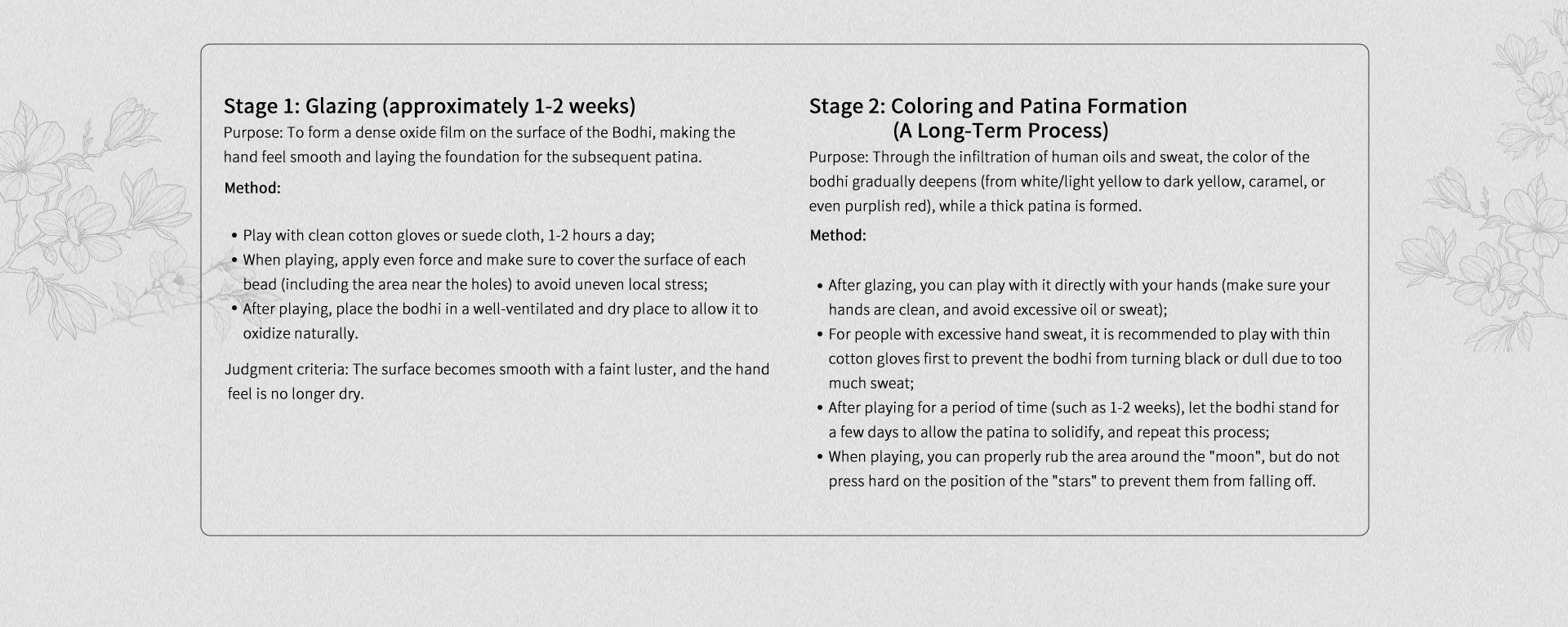
Types of Xingyue Bodhi
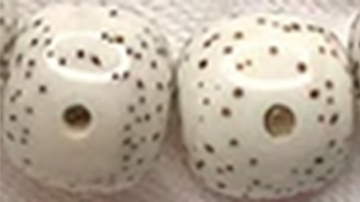
Original Ecological Shunbai
Seeds treated with boiling water and degreased, retaining their original color and characteristics.
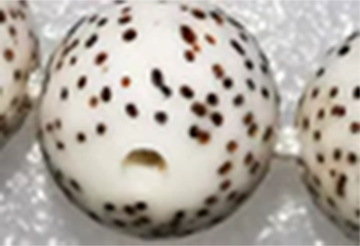
Oil Removal
Boiled and dried to remove oil seeds shrink due to heat exposure.
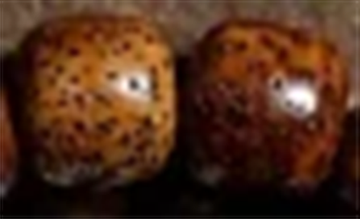
Chen Zi
Refers to the original material that has undergone natural oxidation after being placed for many years, with all internal moisture evaporated, while retaining its original oiliness.
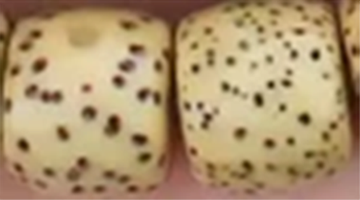
Chicken Oil Yellow
Turn yellow after exposure to warm Hainan climate for about a month.
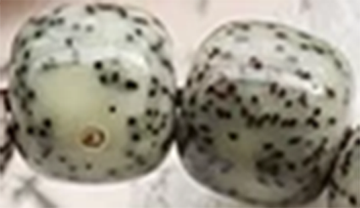
Stone Material
Stored in low temperatures, absorbing fruit core sugars to form a stone-like texture.
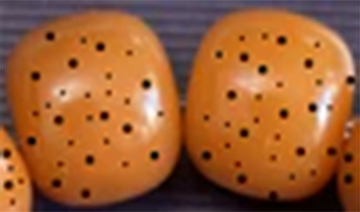
Fruit Frost Material
Aged over time with light-induced oil formation, making them semi-transparent.
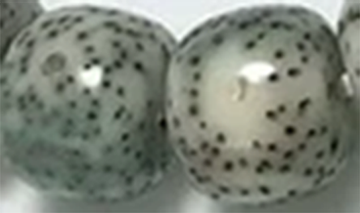
Green Skin
Unpeeled seeds stored in a humid dark environment, forming a natural green skin.
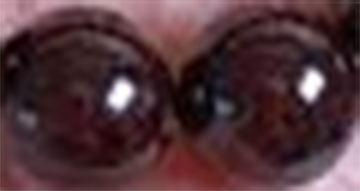
Black Gold Material
Immature seeds stored long-term forming a black-gold texture.

